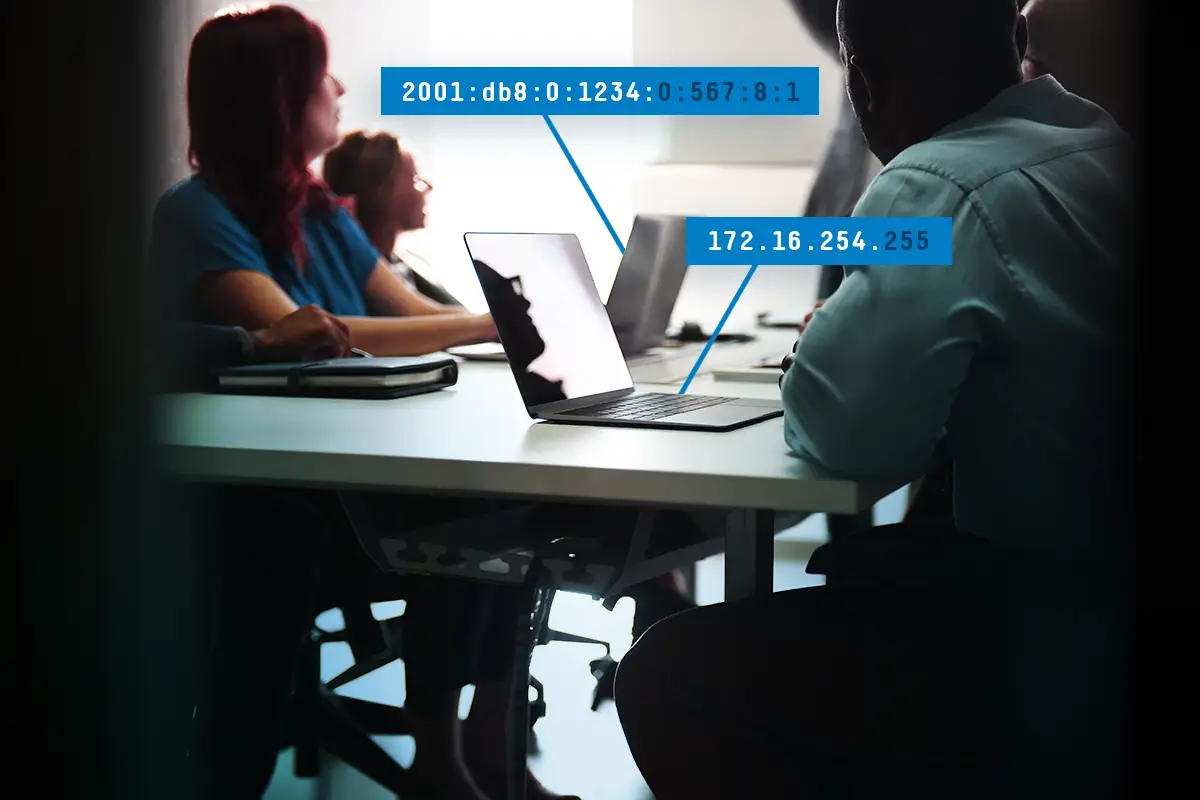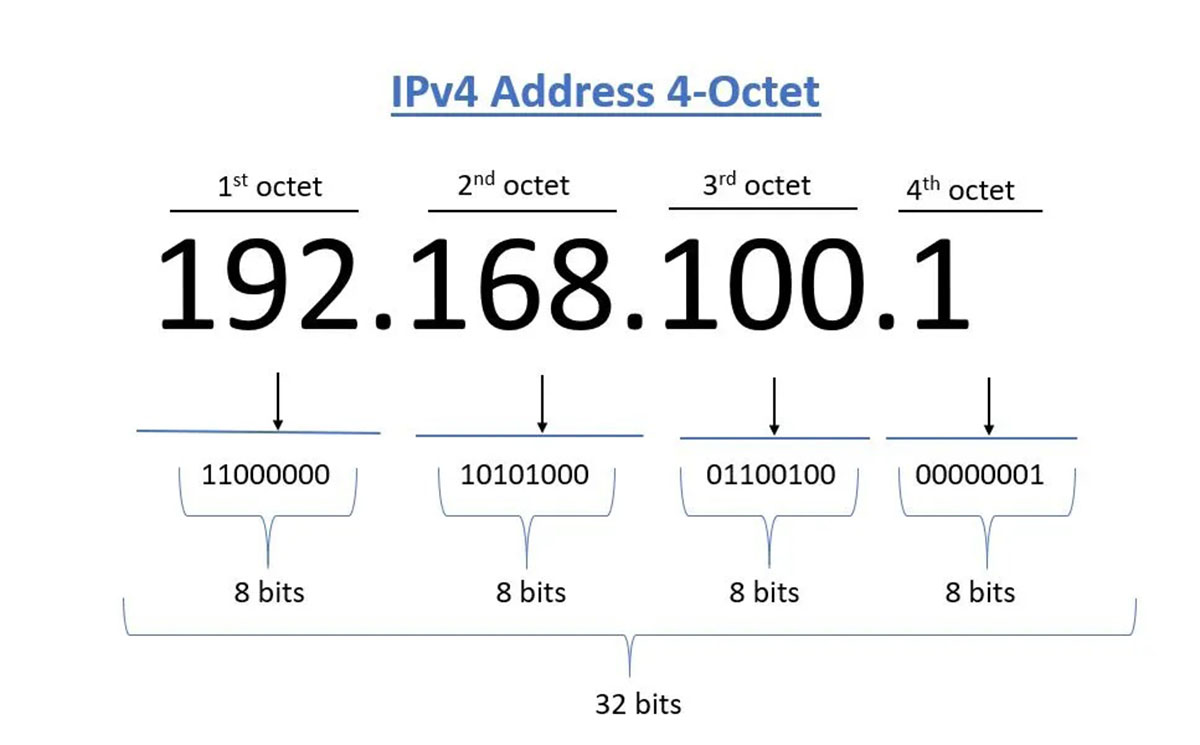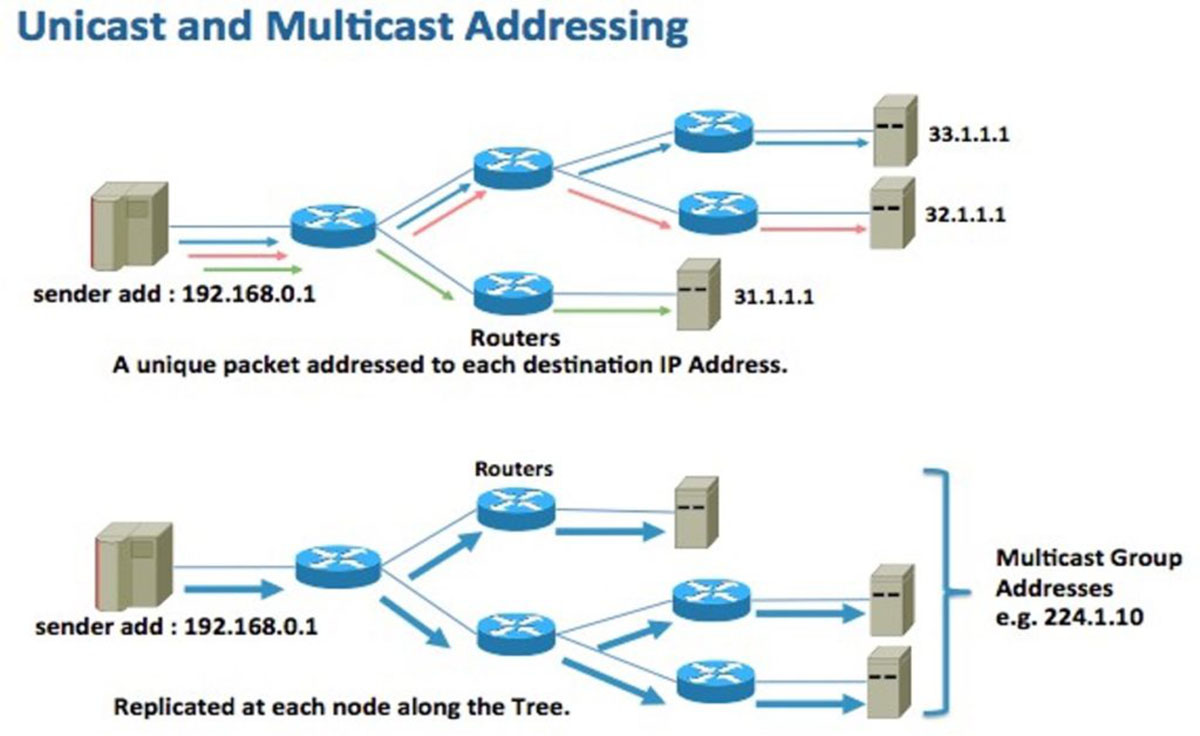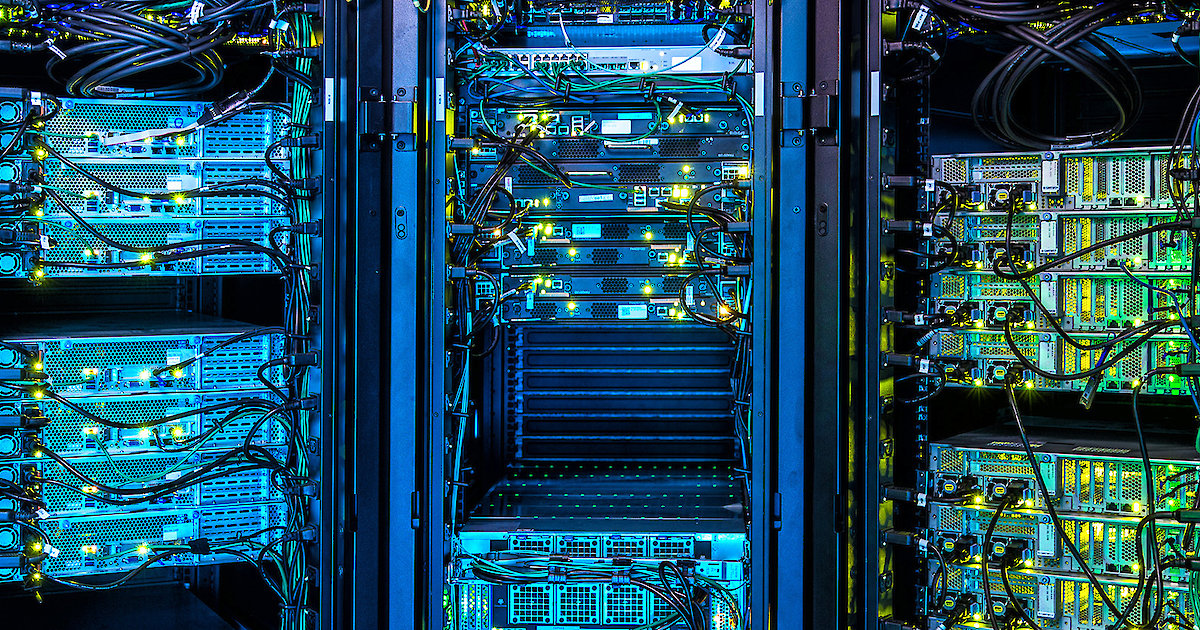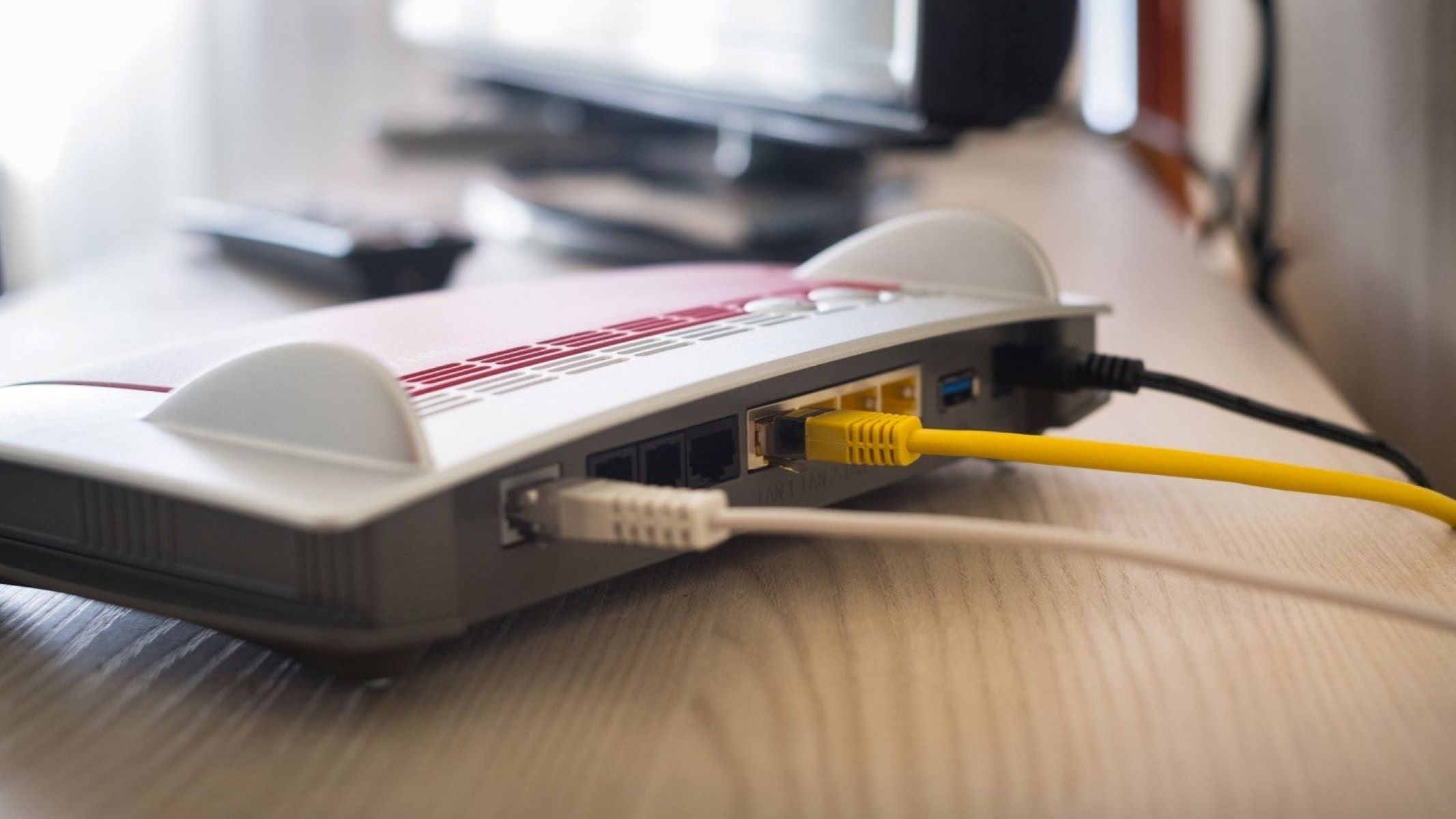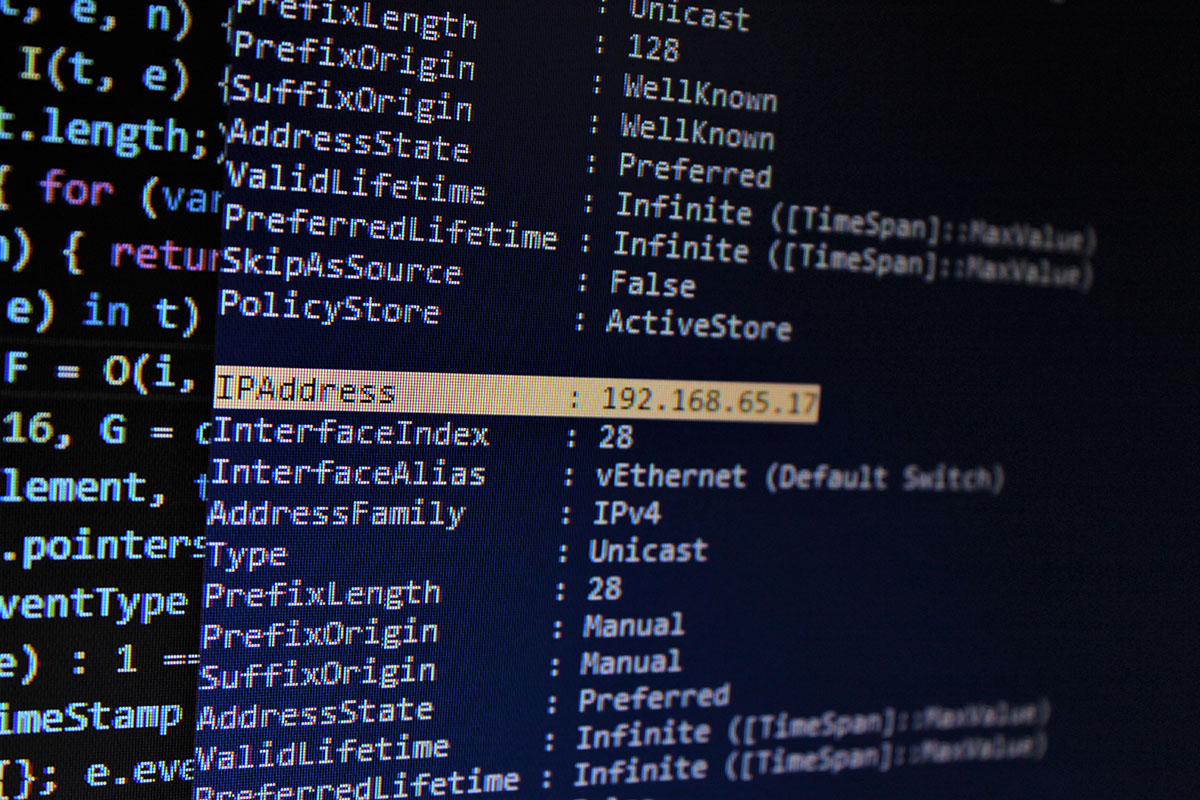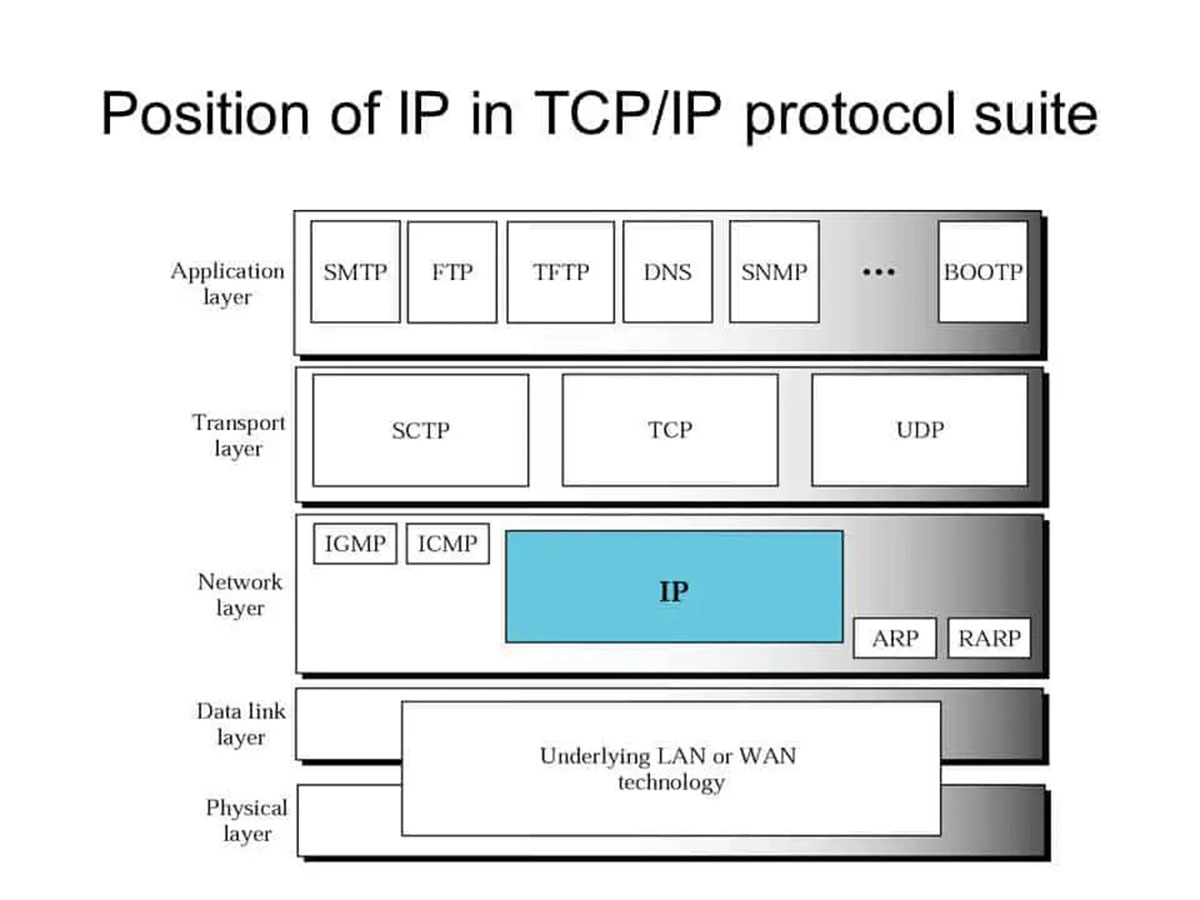Introduction
In today’s digital age, the internet serves as the backbone of our interconnected world, allowing us to communicate, access information, and share data seamlessly. At the heart of this global network lies the Internet Protocol (IP). Every device connected to the internet is assigned a unique identifier known as an IP address.
An IP address acts as a digital mailing address, enabling devices to send and receive data across the internet. It serves as a vital component of the networking infrastructure, ensuring that packets of information are accurately routed to their intended destinations. Understanding the structure of an IP address is crucial for network administrators, developers, and anyone interested in the inner workings of the internet.
There are two primary IP address formats in use today: IPv4 and IPv6. IPv4, which stands for Internet Protocol version 4, is the most widely used address format. However, with the growth of connected devices worldwide, the limited number of available IPv4 addresses became a concern. As a result, IPv6, or Internet Protocol version 6, was introduced to address this issue and provide a virtually unlimited pool of IP addresses.
In this article, we will delve into the structure of IPv4 and IPv6 addresses and explore the number of numbers in each format. By understanding these fundamental aspects, you will gain a deeper grasp of how IP addresses function and play a crucial role in our online lives.
What is an IP address?
An IP address, or Internet Protocol address, is a unique numerical identifier assigned to each device connected to a computer network. It serves as the digital address of a device, allowing it to communicate with other devices and access resources on the network and the internet.
Think of an IP address as a phone number for your device. Just like you need a phone number to make calls and receive messages, your device needs an IP address to send and receive data over the internet. Without an IP address, devices would not be able to establish connections and effectively communicate with each other.
An IP address consists of a series of numbers that are grouped together and separated by periods (IPv4) or colons (IPv6). Each IP address is unique and identifies a specific device within a network. It allows devices to locate and exchange information with one another, forming the backbone of internet communication.
IP addresses come in two primary formats: IPv4 and IPv6. IPv4 addresses are composed of 32 bits and are expressed in decimal form, with four sets of numbers ranging from 0 to 255 (e.g., 192.168.0.1). On the other hand, IPv6 addresses are made up of 128 bits and are expressed in hexadecimal form, with eight groups of alphanumeric characters separated by colons (e.g., 2001:0db8:85a3:0000:0000:8a2e:0370:7334).
These IP addresses play a critical role in routing data packets across the internet. When you send a request to access a website or send an email, your device uses its IP address to identify itself and communicate with the destination. The receiving device then uses the IP address to route the response back to your device, enabling a seamless transfer of information.
IPv4 Address Format
IPv4, or Internet Protocol version 4, is the most commonly used IP address format. It consists of a 32-bit address, which is divided into four sets of numbers separated by periods. Each set of numbers can range from 0 to 255, allowing for a total of approximately 4.3 billion unique addresses.
For example, an IPv4 address may look like this: 192.168.0.1. Each set of numbers, also known as an octet, is expressed in decimal form. The leftmost octet represents the most significant bits of the address, while the rightmost octet represents the least significant bits.
The IPv4 address space is organized into different classes, denoted by the first octet. The classes include Class A, Class B, Class C, and a few reserved classes. The class determines the network portion of the address and the host portion. The network portion identifies the specific network to which the device belongs, while the host portion identifies the device within the network.
Subnetting is a technique used in IPv4 addressing to further divide a network into smaller subnetworks, thereby optimizing address allocation and improving overall network efficiency. By subnetting, a single network can be divided into multiple smaller networks, each with its own unique network identifier.
However, one significant limitation of IPv4 is the exhausted availability of unique addresses due to the exponential growth of internet-connected devices. To mitigate this issue, network administrators often resort to techniques like network address translation (NAT) to share a single public IP address among multiple devices within a private network.
In summary, IPv4 addresses are composed of four sets of decimal numbers, ranging from 0 to 255, separated by periods. IPv4 is the most widely used IP address format but suffers from limited address space. Network subnetting and NAT are employed to address the challenge of address exhaustion and optimize network management.
How many numbers in an IPv4 address?
An IPv4 address consists of four sets of numbers, separated by periods, with each set ranging from 0 to 255. This means that there are a total of four numbers in an IPv4 address.
Each set of numbers, also known as an octet, represents eight bits of the address. Since IPv4 addresses are 32 bits in total, they are divided into four octets, contributing to the four sets of numbers in the address format.
For example, let’s take the IPv4 address 192.168.0.1. In this address, the first octet is represented by the number 192, the second octet by 168, the third octet by 0, and the fourth octet by 1.
The first octet, ranging from 0 to 255, denotes the network class of the address. It determines whether the address belongs to Class A, Class B, Class C, or another reserved class. The remaining three octets represent the host portion of the address and identify the specific device within the network.
It is important to note that each octet in an IPv4 address is represented in decimal form, making it easier for humans to read and understand. However, computers work with binary numbers, and IPv4 addresses are ultimately represented in binary format behind the scenes.
The four numbers in an IPv4 address play a crucial role in identifying and routing data packets across networks. The unique combination of these numbers ensures that each device has a distinct address, enabling precise communication on the internet.
In the rapidly evolving landscape of internet connectivity, the availability of IPv4 addresses has become limited due to the increasing number of devices connecting to the internet. This has led to the adoption of IPv6 addresses, which offer a significantly larger address space to accommodate the growing demands of our connected world.
IPv6 Address Format
With the exponential growth of internet-connected devices, the need for more IP addresses became evident. To address this issue, IPv6, or Internet Protocol version 6, was introduced. IPv6 utilizes a 128-bit address space, providing a practically infinite number of unique addresses.
IPv6 addresses consist of eight groups of alphanumeric characters, separated by colons. Each group is composed of four hexadecimal digits, allowing for a total of 32 hexadecimal digits in the address.
For example, an IPv6 address may look like this: 2001:0db8:85a3:0000:0000:8a2e:0370:7334. In this address, each group represents 16 bits, resulting in a total of 128 bits for the entire address.
IPv6 addresses provide a significantly larger address space compared to IPv4. This allows for a virtually unlimited number of unique addresses, ensuring that the growing number of internet-connected devices can be uniquely identified and communicated with.
In addition to the expanded address space, IPv6 also introduces simplified address allocation and network management. The hierarchical structure of IPv6 addresses allows for efficient subdivision of networks. Each segment of an IPv6 address identifies a specific portion of the network, making it easier to route traffic and manage network configurations.
Furthermore, IPv6 addresses support built-in features like stateless address autoconfiguration, which simplifies the process of IP address assignment to devices. This feature allows devices to automatically generate their own IP addresses without relying on manual configuration or dynamic host configuration protocol (DHCP) servers.
While IPv6 addresses may appear complex compared to their IPv4 counterparts, they provide the scalability and flexibility needed in today’s internet landscape. As the adoption of IPv6 continues to grow, the transition from IPv4 to IPv6 is gradually taking place to accommodate the ever-expanding number of internet-connected devices.
In summary, IPv6 addresses consist of eight groups of hexadecimal digits, providing a 128-bit address space. This allows for a nearly infinite number of unique addresses and offers improved address allocation and network management capabilities. With the adoption of IPv6, the internet can continue to grow and support the increasing demands of our interconnected world.
How many numbers in an IPv6 address?
An IPv6 address is composed of eight groups of alphanumeric characters, separated by colons. Each group consists of four hexadecimal digits, resulting in a total of 32 hexadecimal digits in the address.
Unlike IPv4, IPv6 does not use decimal numbers but rather hexadecimal numbers to represent each group of digits. This allows for a larger address space and a more efficient representation of the address.
For example, an IPv6 address may look like this: 2001:0db8:85a3:0000:0000:8a2e:0370:7334. In this address, each group represents 16 bits, and the entire address consists of a total of 128 bits.
The 128-bit address space of IPv6 provides a massive number of unique addresses, ensuring that the growing number of internet-connected devices can be allocated their own unique identifiers. With this vast address space, IPv6 addresses can accommodate the exponential growth of internet-connected devices without the fear of running out of available addresses.
The hierarchical structure of IPv6 addresses allows for efficient routing and network management. Each segment of the address represents a specific portion of the network, making it easier to allocate address space and manage network configurations. This hierarchical structure helps streamline the routing process, ensuring that data packets are efficiently delivered to their intended destinations.
It’s worth noting that the use of colons as separators in IPv6 addresses can lead to long strings of characters, making them appear complex. To reduce the length and simplify the representation, IPv6 addresses can utilize compression techniques. This involves omitting leading zeros and replacing consecutive blocks of zeros with a double colon “::”. However, compression can only be applied once in an address to avoid ambiguity.
In summary, an IPv6 address consists of eight groups of alphanumeric characters separated by colons. Each group represents 16 bits, resulting in a total of 32 hexadecimal digits. With the significantly larger address space of IPv6, the internet can support the vast number of devices in our interconnected world, ensuring each device has a unique identifier for seamless communication.
Conclusion
Understanding the structure and format of IP addresses is essential for anyone involved in networking, web development, or simply curious about how the internet functions. In this article, we explored the two main IP address formats: IPv4 and IPv6.
IPv4 addresses, consisting of four sets of decimal numbers separated by periods, have been the standard for many years. However, with the exponential growth of internet-connected devices, the limited availability of IPv4 addresses has become a concern.
IPv6 addresses, on the other hand, provide a vastly larger address space with eight groups of alphanumeric characters separated by colons. This allows for practically unlimited unique addresses to support the ever-expanding number of devices connected to the internet.
IPv4 addresses have four numbers, or octets, while IPv6 addresses have 32 hexadecimal digits. Both address formats play a crucial role in routing data packets across networks, ensuring precise communication between devices.
As the transition from IPv4 to IPv6 continues, it is important to stay informed about the evolving landscape of IP addressing. Network administrators, developers, and individuals alike should be aware of the differences between IPv4 and IPv6 and how they impact network configurations and address allocation.
With the understanding of IP address formats, the hierarchical structure, subnetting, and the expanding address space of IPv6, we can better appreciate the complexity and scalability of the internet. As technology advances and the demands for connectivity grow, IPv6 addresses will continue to provide the necessary infrastructure to support our increasingly interconnected world.
By keeping up with the latest developments and embracing IPv6, we ensure that the internet remains a resilient and accommodating platform for communication, innovation, and collaboration.







